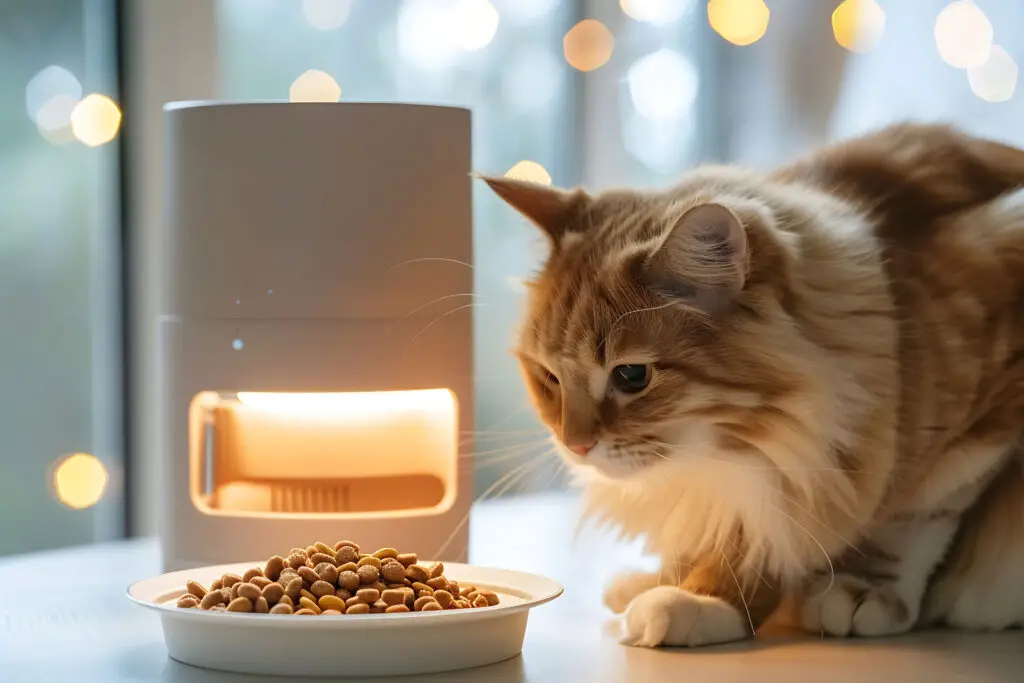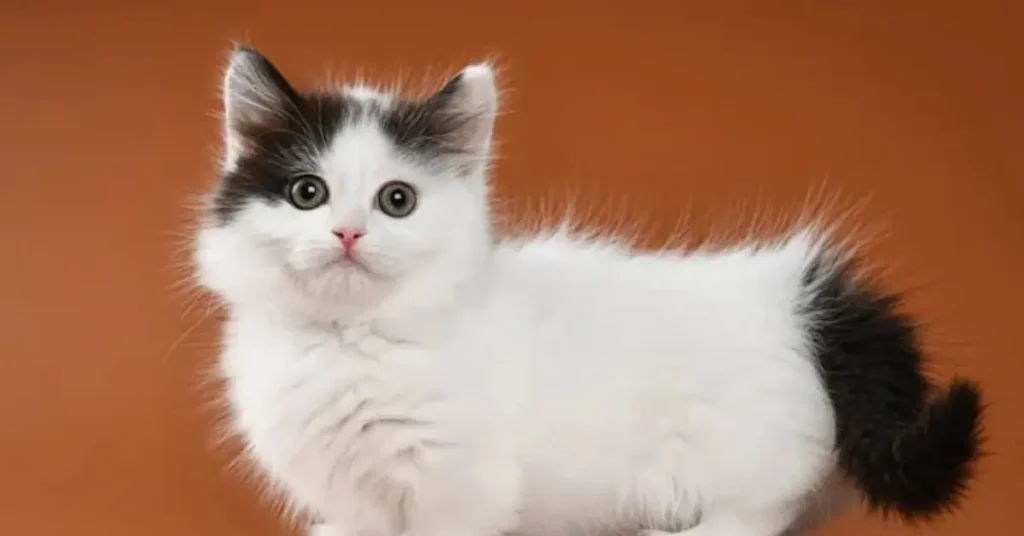Cats are more than pets; they’re family. But are you Feeding Your Cat the right way? Nutrition is the cornerstone of your cat’s health, lifespan, and happiness. In this complete guide, we unpack what your feline friend truly needs — from kittens to seniors — and help you avoid common mistakes that could cost their health. Let’s explore the essentials of Feeding Your Cat.
Table of Contents
ToggleWhy Proper Nutrition Matters for Cats
Cats are obligate carnivores, meaning their bodies require nutrients found only in animal products. A balanced diet affects every aspect of their well-being, including:
- Maintaining healthy weight
- Supporting strong immunity
- Reducing the risk of chronic diseases
- Ensuring shiny coats and healthy skin
- Promoting strong teeth and bones
Feeding Your Cat with proper nutrition can add years to their life and improve quality of life.
Understanding Your Cat’s Nutritional Needs
Protein: The Foundation of a Cat’s Diet
Cats need high-quality animal-based protein for muscle maintenance, energy, and organ function. Ideal protein sources include:
- Chicken
- Turkey
- Beef
- Fish (in moderation)
- Eggs
Avoid plant-based proteins as primary ingredients; cats can’t digest them efficiently.
Fats: Essential for Energy & Healthy Coats
Fats provide energy and are crucial for absorbing fat-soluble vitamins (A, D, E, K). Omega-3 and Omega-6 fatty acids also promote healthy skin and a shiny coat.
Amino Acids: Taurine & Arginine
- Taurine is vital for heart and eye health. Cats can’t produce enough on their own.
- Arginine supports ammonia detoxification.
Vitamins & Minerals: Small but Mighty
Cats need a balanced amount of calcium, phosphorus, potassium, B vitamins, and vitamin E. Commercial cat foods are typically formulated to meet these needs.
Choosing Between Wet and Dry Food
One of the biggest questions in Feeding Your Cat is whether to offer wet or dry food. Here’s a detailed comparison:
Wet Cat Food
High moisture content helps with hydration
Typically more palatable and aromatic
Better for cats with kidney or urinary issues
Spoils faster if left out
Dry Cat Food
Convenient and easy to store
Supports dental health (though brushing is still important)
Budget-friendly
Low moisture; may contribute to dehydration
Tip: Many vets recommend a combination of wet and dry food to balance benefits.
How Much Should You Feed Your Cat?
Feeding amounts depend on age, weight, activity level, and health. General guidelines:
- Kittens (up to 12 months): Feed 3–4 times daily; they need more calories.
- Adults (1–7 years): 2 meals a day; watch portion sizes.
- Seniors (7+ years): 2 meals; adjust for lower activity levels.
Always check feeding guidelines on cat food packaging and consult your vet.
The Best Feeding Schedule for Cats
Cats thrive on routine. Choose a consistent schedule:
- Twice daily meals: Most cats do well with morning and evening feeding.
- Free feeding: Leaving food out all day isn’t recommended for most cats, as it can lead to obesity.
- Timed feeding: Set out food for 15–30 minutes, then remove leftovers.
Foods Cats Should Never Eat
Some human foods are toxic to cats. Avoid these at all costs:
- Onions & garlic
- Chocolate
- Alcohol
- Grapes & raisins
- Caffeine
- Cooked bones (risk of splintering)
Accidental ingestion? Call your vet or animal poison control immediately.
Special Feeding Considerations
Feeding Kittens
Kittens require higher protein and fat for rapid growth. Opt for kitten-specific formulas until 12 months.
Feeding Senior Cats
Older cats often need lower-calorie diets with more fibre for digestion and joint supplements like glucosamine.
Feeding Overweight Cats
For cats struggling with weight:
Use weight-management formulas
Measure portions carefully
Encourage play to increase activity

Best Cat Foods for Different Needs
Best for Sensitive Stomachs
Look for limited-ingredient diets with high-quality protein sources like duck or venison.
Best for Allergies
Hypoallergenic formulas free of common allergens (beef, dairy, fish) can help.
Best for Hydration
Wet foods or moisture-rich toppers are ideal for cats prone to urinary issues.
Homemade vs. Commercial Cat Food
While many owners consider homemade diets, it’s challenging to meet nutritional requirements without professional help. Risks of DIY diets include deficiencies in taurine, calcium, or vitamins. If you choose homemade, consult a vet nutritionist.
Commercial cat foods are formulated to meet AAFCO standards for complete and balanced nutrition — an easy and reliable option for most owners.
How to Read Cat Food Labels
Be a savvy shopper! Look for:
Protein listed first (e.g., “chicken” or “turkey”)
Named meat meals, not generic “meat by-product”
AAFCO statement indicating complete nutrition
Avoid foods with excessive fillers like corn or soy
Common Feeding Mistakes Cat Owners Make
Overfeeding: Leads to obesity and related diseases
Ignoring feeding guidelines: Portion control is key
Feeding dog food: Dog food lacks essential nutrients cats need
Feeding only dry food: Can contribute to urinary issues if hydration isn’t managed
Switching foods abruptly: Always transition over 7–10 days to avoid digestive upset
Signs You’re Feeding Your Cat Right
When you’re Feeding Your Cat properly, you’ll notice:
Healthy skin and shiny coat
Bright, clear eyes
Consistent energy and playfulness
Ideal weight with visible waistline
Regular, firm stools
1. Can I feed my cat raw food?
Raw diets are controversial. While some owners swear by them, they pose risks like bacterial contamination. Consult your vet.
2. Should I give milk to my cat?
Most adult cats are lactose intolerant. Milk can cause diarrhoea and stomach upset.
3. How often should I change cat food brands?
Cats don’t need frequent changes. If you switch, do it gradually over 7–10 days.
4. Is grain-free food better for cats?
Not necessarily. Unless your cat has an allergy, grains can be part of a balanced diet.







